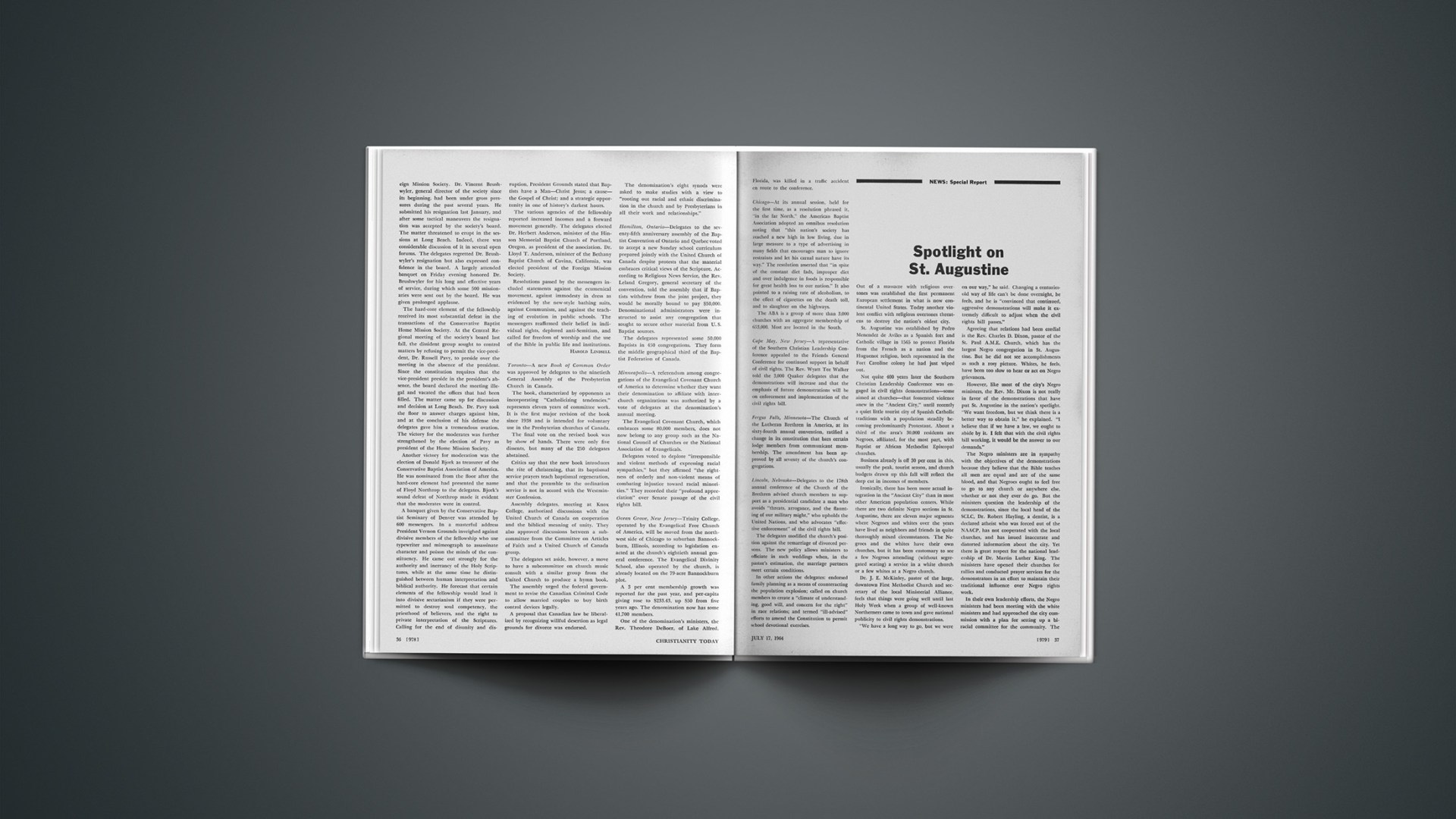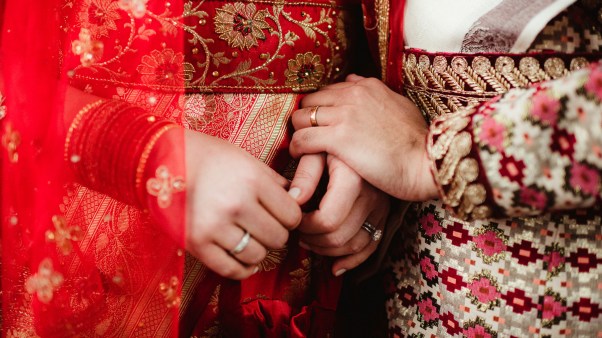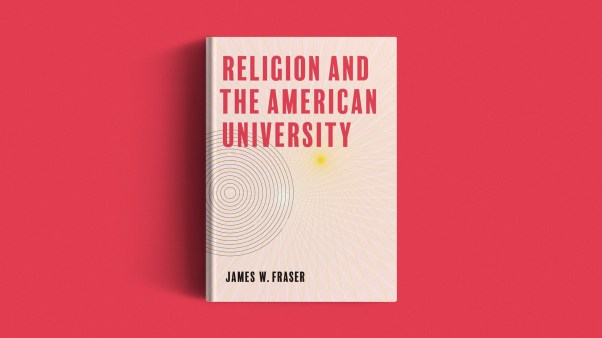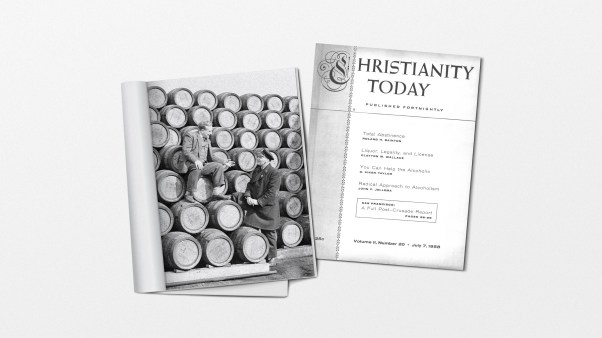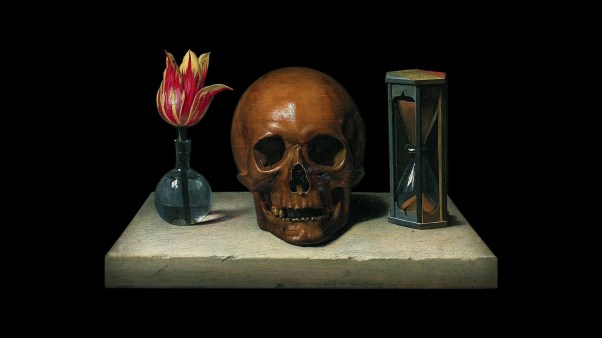Out of a massacre with religious overtones was established the first permanent European settlement in what is now continental United States. Today another violent conflict with religious overtones threatens to destroy the nation’s oldest city.
St. Augustine was established by Pedro Menendez de Aviles as a Spanish fort and Catholic village in 1565 to protect Florida from the French as a nation and the Huguenot religion, both represented in the Fort Caroline colony he had just wiped out.
Not quite 400 years later the Southern Christian Leadership Conference was engaged in civil rights demonstrations—some aimed at churches—that fomented violence anew in the “Ancient City,” until recently a quiet little tourist city of Spanish Catholic traditions with a population steadily becoming predominantly Protestant. About a third of the area’s 30,000 residents are Negroes, affiliated, for the most part, with Baptist or African Methodist Episcopal churches.
Business already is off 30 per cent in this, usually the peak, tourist season, and church budgets drawn up this fall will reflect the deep cut in incomes of members.
Ironically, there has been more actual integration in the “Ancient City” than in most other American population centers. While there are two definite Negro sections in St. Augustine, there are eleven major segments where Negroes and whites over the years have lived as neighbors and friends in quite thoroughly mixed circumstances. The Negroes and the whites have their own churches, but it has been customary to see a few Negroes attending (without segregated seating) a service in a white church or a few whites at a Negro church.
Dr. J. E. McKinley, pastor of the large, downtown First Methodist Church and secretary of the local Ministerial Alliance, feels that things were going well until last Holy Week when a group of well-known Northerners came to town and gave national publicity to civil rights demonstrations.
“We have a long way to go, but we were on our way,” he said. Changing a centuries-old way of life can’t be done overnight, he feels, and he is “convinced that continued, aggressive demonstrations will make it extremely difficult to adjust when the civil rights bill passes.”
Agreeing that relations had been cordial is the Rev. Charles D. Dixon, pastor of the St. Paul A.M.E. Church, which has the largest Negro congregation in St. Augustine. But he did not see accomplishments as such a rosy picture. Whites, he feels, have been too slow to hear or act on Negro grievances.
However, like most of the city’s Negro ministers, the Rev. Mr. Dixon is not really in favor of the demonstrations that have put St. Augustine in the nation’s spotlight. “We want freedom, but we think there is a better way to obtain it,” he explained. “I believe that if we have a law, we ought to abide by it. I felt that with the civil rights bill working, it would be the answer to our demands.”
The Negro ministers are in sympathy with the objectives of the demonstrations because they believe that the Bible teaches all men are equal and are of the same blood, and that Negroes ought to feel free to go to any church or anywhere else, whether or not they ever do go. But the ministers question the leadership of the demonstrations, since the local head of the SCLC, Dr. Robert Hayling, a dentist, is a declared atheist who was forced out of the NAACP, has not cooperated with the local churches, and has issued inaccurate and distorted information about the city. Yet there is great respect for the national leadership of Dr. Martin Luther King. The ministers have opened their churches for rallies and conducted prayer services for the demonstrators in an effort to maintain their traditional influence over Negro rights work.
In their own leadership efforts, the Negro ministers had been meeting with the white ministers and had approached the city commission with a plan for setting up a biracial committee for the community. The outbreak of Easter demonstrations ended those negotiations. Demonstrations continued until June 30, when a truce was declared pending the outcome of new talks.
Like most men of the cloth, Msgr. John P. Burns, pastor of the historic Cathedral of St. Augustine, has urged church members to refrain from taking part in the demonstrations or other unrest. And he reminded worshipers from the pulpit that “it is a precept of our Catholic faith that we love all men as our brothers in Christ, and that we treat them with fraternal charity.” He asked them to do all they could “to promote good will and to labor for peace in our community.”
Msgr. Burns noted that he would be happy to work with anyone trying to solve the problem. Other local clergymen have expressed similar desires, and one of the reasons they have resented the work of Dr. King and his group is that he and his representatives had made no effort to contact them in order to try to work out the situation together.
Some Negro church members share fears that racial accomplishments have been destroyed, although they feel the original, local demonstrations may have been necessary to awaken the white leaders to the fact that the city’s Negroes, while appreciative of the good relations between the races in the community, were not completely satisfied with the pace at which they were being granted equal rights.
Some white laymen are confused. One such is James E. Brock, manager of the motel of television notoriety in the racial strife. Many viewers who saw him lose his temper when integrationists jumped into the pool of his motel were unaware of the background. They did not know that Brock, a deacon in the city’s largest (and most segregated) Protestant church, Ancient City Baptist, had urged members of the Florida Hotel and Restaurant Association (which he heads) to desegregate their establishments. When the organization refused, he stated his motel would be the first to comply when the public-accommodations sections of the civil rights bill became law. Viewers also did not know that a near-midnight demonstration at the motel had sent Brock’s 75-year-old mother-in-law, who lives there, to the hospital with a heart attack, or that there had been 169 incidents (by actual count) at his motel before he finally lost his temper.
Such provocative activities of the integrationists are not Christian, in the view of the Rev. W. W. Fountain, pastor of the large, suburban Calvary Baptist Church. “If God doesn’t force himself on you or me, is it Christian to force yourself on others?” he asks.
“If things were normal here and local Negroes came to our church to worship, they would be seated,” he said, “but we won’t seat troublemakers.” He added that he would have joint programs and pulpit exchanges with the Negroes in St. Augustine if the situation were normal. “Present circumstances hinder our normal relations,” he said as he expressed resentment against invading Northern clergymen who, he feels, have done less to solve racial difficulties in their own cities than local ministers have in St. Augustine.
Most of the white churches are split over the situation, and the oldest Protestant church in the city, Trinity Episcopal, is no exception. But the Rev. Charles M. Seymour feels most of the congregation is with him in carrying out his personal conviction and the order of his bishop, the Rt. Rev. Hamilton West, that Negroes be welcomed into the church—as they always have been at Trinity, except on a couple of recent occasions when one or two men at the door turned away Negro visitors without the knowledge or consent of the rector.
Fr. Seymour, a fifteen-year veteran of the pulpit in St. Augustine, feels what was essentially a good racial relationship has been destroyed by “the basic selfishness in man.” Although unnamed, the man in question was obviously Dr. King, who, it was intimated, refused a compromise suggested by the grand jury because it was not exactly what he had asked for.
Nearly everyone—white and Negro—agrees that the situation would be helped considerably if outsiders would get out and leave the natives to work out their own problems. That feeling applies not only to the integrationists but perhaps even more so to the white “red necks” who have congregated in the Ancient City to stage anti-demonstration demonstrations. It is these 200 or so toughs (men and women) who have carried out most of the violence. These belligerent roughnecks apparently have never been touched by any church, in the opinion of Fr. Seymour, back home in rural Florida, Jacksonville, south Georgia, and Alabama, from which they have come at the request of the Ku Klux Klan.
Churchmen of all persuasions and all colors in St. Augustine agree that the problems they now face in the racial strife are difficult. They hope they can again get the situation within the influence of the Church. Most feel that opportunity has been set back at least a generation by what they consider unwarranted and unwanted interference from outsiders. If the answer is Christ, as they all feel it is, then he must be sought by all concerned on both sides.
Reaffirming Loyalty
The incident in which a young parish priest accused his cardinal-archbishop of failure to speak out on racial issues “has been resolved,” according to an announcement made by the Roman Catholic diocese of Los Angeles.
Father William H. DuBay, 29, an assistant at St. Albert the Great Church in Compton, California, was said to have met with James Francis Cardinal McIntyre and reaffirmed his loyalty and obedience.
The announcement by Msgr. Benjamin G. Hawkes, archdiocesan chancellor, said that Father DuBay had gone “on retreat and on vacation. The matter has been concluded. The situation has been resolved.”
In a letter to Pope Paul VI, Father DuBay had claimed Cardinal McIntyre did not regard racial discrimination as a “moral” issue and asked his removal as archbishop (see CHRISTIANITY TODAY, July 3, 1964, p. 39).
Architectural Kudos
The American Society for Church Architecture bestowed its top award “for excellence in religious architecture” upon St. Barnabas Episcopal Church, now under construction in Glen Ellyn, Illinois. The selection, made annually, was drawn this year from fifty-two entries at the exhibition of the society’s inter-faith Conference on Church Architecture, Building and the Arts held in Philadelphia. The building was designed by the Buderus and Sunshine architectural firm with offices in Park Ridge, Illinois.

